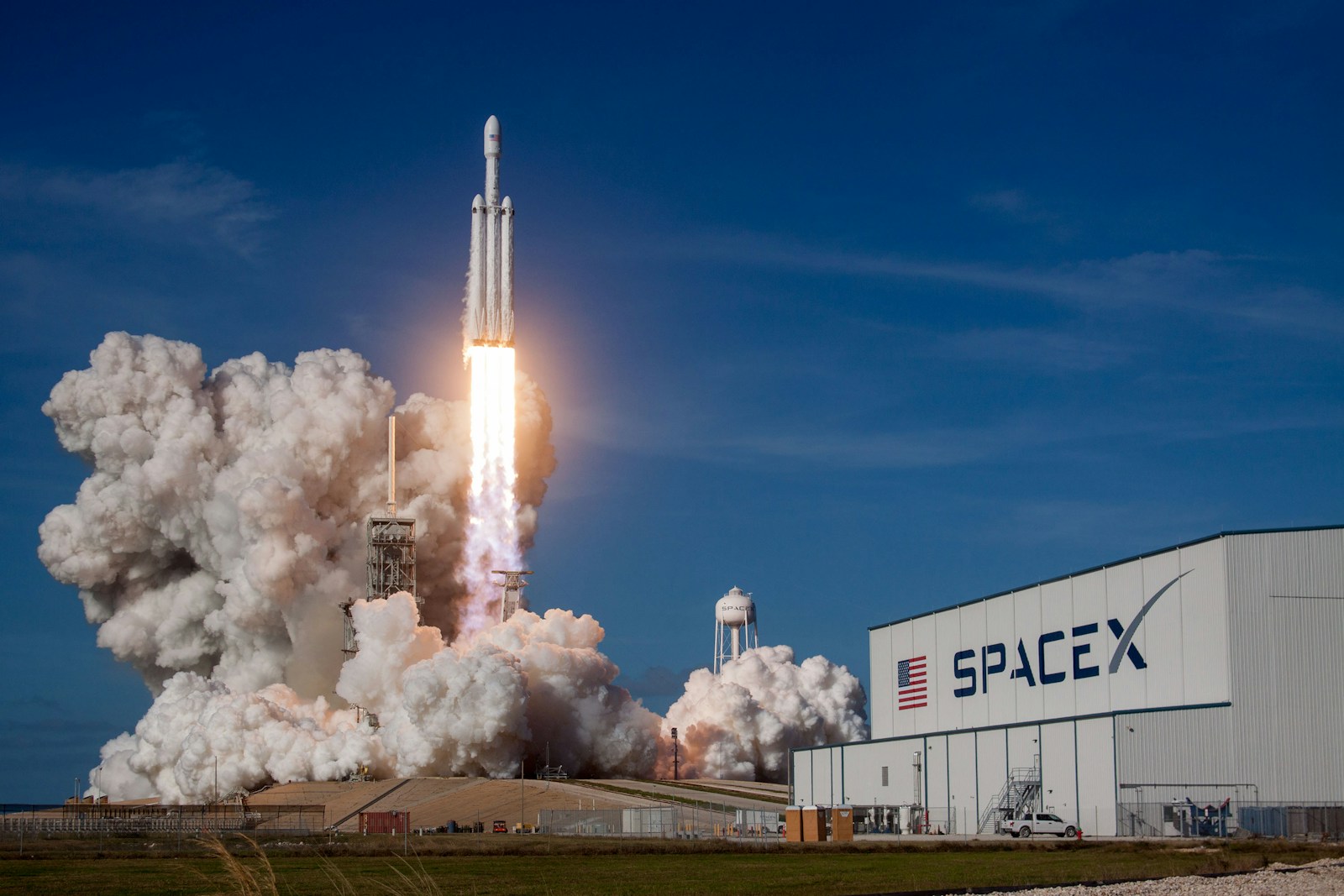Key Takeaways:
– Vega-C rocket, synonymous with Europe’s space autonomy, successfully launched after a 2-year break.
– It took off from French Guiana propelling the Sentinel-1C satellite, part of the EU’s Copernicus Earth observation programme, into orbit.
– Satellite slated to collect high-resolution radar imagery for detecting climate change and monitoring maritime traffic.
– Four Vega-C rocket launches planned for next year and five more in 2026 to further boost Europe’s presence in space.
Getting Back on Track
In an uplifting development, Europe’s new Vega-C rocket successfully took flight on Thursday from French Guiana. The rocket delivered a satellite into orbit, marking its first launch since a failed flight two years ago. Despite two days of delay, the rocket’s takeoff proceeded without any glitches.
A Milestone for Europe’s Space Ambitions
The rocket holds a critical role in ensuring Europe’s independence in the space domain. It carried the Sentinel-1C satellite, a part of the European Union’s Copernicus Earth observation programme. The Sentinel-1C was deposited into orbit one hour and 43 minutes after lift-off at an altitude close to 700 kilometers or 435 miles. This successful insertion was greeted with roaring applause from the Jupiter control centre.
Josef Aschbacher, director general of the European Space Agency shared in a statement. He pointed out the importance of secured flights for Europe and mentioned that everything that is sent to space, right from the launch, impacts Earth positively.
Enhancing Earth Observation and Maritime Surveillance
The European Space Agency revealed that the satellite would deliver high-resolution radar imagery to monitor Earth’s changing environment. It’s equipped with features for detecting and tracking maritime traffic, making it an important tool for environmental and marine observations.
The Implications of a Past Failure
The latest launch event is the Vega-C rocket’s first since December 2022. At that time, during its maiden commercial flight, it failed to reach orbit and lost two satellites. Following this unsuccessful event, the rocket was grounded for two years for the redevelopment of the nozzle on the Zefiro 40 rocket motor, which was identified as the cause of the failure.
Flight Delays and Overall Success
Initially, the Vega-C’s return flight was set to take off on Tuesday from Europe’s spaceport in French Guiana. It was deferred by a day for further checks on electrical connections in the rocket’s upper stage. However, the takeoff faced another delay. This time it was due to a problem in removing the Vega-C mobile gantry.
Despite these small hiccups, the Vega-C rocket ascended as planned at 6:20 pm local time (2120 GMT). The successful launch helped to bolster the morale of the European space mission which had been struggling to launch missions independently since Russia withdrew its rockets in 2022 over the war in Ukraine.
Looking Forward
The lighter Vega-C, designed with small satellite deployment to low-Earth orbit in mind, holds great implications for Europe’s increasing foothold in space. With four launches using Vega-C set for next year, and five more in 2026, the future for Europe’s space efforts looks promising.
The radar-equipped satellite, Sentinel-1C, will permeate valuable data about Earth’s environment and act as an important part of the EU’s Copernicus programme. It will better help governments and businesses to gain insightful climate and maritime data. Now, all eyes are set on the future launches and Europe’s growing participation in space.

